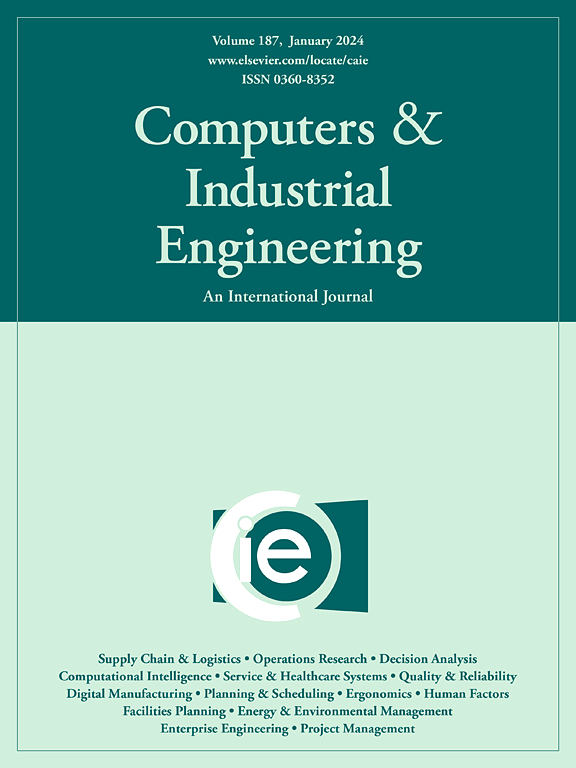A dual-path architecture based on time series decomposition and degradation correction for remaining useful life prediction of aero-engine
IF 6.7
1区 工程技术
Q1 COMPUTER SCIENCE, INTERDISCIPLINARY APPLICATIONS
引用次数: 0
Abstract
Accurately predicting remaining useful life (RUL) is crucial to improving the reliability of aero-engines. Although data-driven approaches have become a powerful tool for RUL prediction, most studies only focus on improving model structure and ignore the characteristics of the data itself. Due to changes in the environment and operating conditions, monitoring data often show non-linearity, non-stationarity and high noise, which affects the accuracy of prediction. Therefore, this paper proposes a dual-path prediction architecture based on time series decomposition and degradation correction (DP-TSDDC) to mine fine-grained information in the data in a targeted manner. First, the time series decomposition is used to extract trend components and non-stationary components from the data. Then, the dual-path architecture is used to select networks in a targeted manner according to the characteristics of each component. For the trend component, the temporal convolutional network is introduced to extract the engine’s long-term degradation features; for the non-stationary component, the Patch idea is used for data preprocessing, the long short-term memory is used within the Patch to capture detail features, and the multi-head attention is used between the Patch to capture global correlation features. Then, based on the gated linear unit and the nonlinear relationship between each feature, the features are enhanced and adaptively fused. At the same time, the degradation correction constraint is established based on physical knowledge to reduce the impact of data noise on the prediction results. Finally, the prediction effect of the DP-TSDDC method is verified by experiments on the CMAPSS and N-CMAPSS datasets.
求助全文
约1分钟内获得全文
求助全文
来源期刊

Computers & Industrial Engineering
工程技术-工程:工业
CiteScore
12.70
自引率
12.70%
发文量
794
审稿时长
10.6 months
期刊介绍:
Computers & Industrial Engineering (CAIE) is dedicated to researchers, educators, and practitioners in industrial engineering and related fields. Pioneering the integration of computers in research, education, and practice, industrial engineering has evolved to make computers and electronic communication integral to its domain. CAIE publishes original contributions focusing on the development of novel computerized methodologies to address industrial engineering problems. It also highlights the applications of these methodologies to issues within the broader industrial engineering and associated communities. The journal actively encourages submissions that push the boundaries of fundamental theories and concepts in industrial engineering techniques.
 求助内容:
求助内容: 应助结果提醒方式:
应助结果提醒方式:


